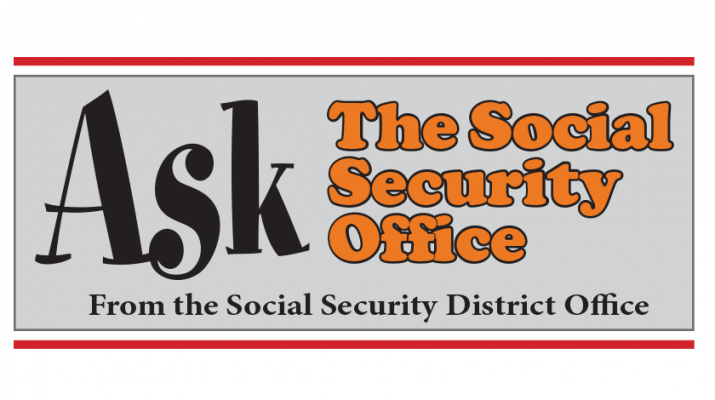Aug. 1 marked the 60th anniversary of the Social Security Disability Insurance (SSDI) program, signed into law by President Dwight D. Eisenhower in 1956. Originally, the program was limited to individuals who were 50 years of age or older. It also had a six-month waiting period, and there were no benefits payable to spouses or children. The disability program has undergone many changes to become the program it is today. Now, people who receive Social Security disability benefits can also receive Medicare coverage after 24 months, and their dependents may be eligible to receive benefits on their earnings records. There are also work incentives in place to help people with disabilities go back to work.
As of June 2016, there are more than 10 million disabled workers and dependents receiving a portion of the more than $11 billion that is sent each month in Social Security disability payments. It can happen to anyone: studies show that a 20-year-old worker has a one in four chance of becoming disabled before reaching their full retirement age.
To meet the challenges of providing benefits to so many, the agency has evolved, using technology to operate more efficiently.
Access to online applications for disability benefits, reconsiderations, and hearings have given applicants more service options when applying for benefits. Our health IT initiative allows Social Security to access electronic medical records, including those from the U.S. Department of Defense, which reduces administrative costs, streamlines operations, and speeds up service to veterans.
Social Security is committed to securing today and tomorrow for our millions of disabled workers. For more information about the disability program, please visit ww w.socialsecurity.gov/disabilityssi.
Q&A
Q: Do Members of Congress have to pay into Social Security?
A: Yes, they do. Members of Congress, the president and vice president, federal judges and most political appointees, have paid taxes into the Social Security program since January 1984. They pay into the system just like everyone else, no matter how long they have been in office.
Q: I heard there is a Social Security video available in American Sign Language. Where can I find it?
A: Yes, it’s true. The video is called “Social Security, SSI and Medicare: What You Need to Know About These Vital Programs.” The video is available in American Sign Language and it presents important information about our programs. You can watch the video now at www.socialsecurity.gov/multimedia/video/asl. The video is a part of our larger collection of on-demand videos and webinars available at www.socialsecurity.gov/webinars and at www.YouTube.com.
Q: I am 57 years old and I currently receive Social Security disability benefits. Can I still get my regular Social Security retirement benefits when I reach full retirement age?
A: If you are still receiving Social Security disability benefits when you reach your full retirement age, we will automatically switch you from disability benefits to retirement benefits at that point. The money amount will remain the same.
Q: How can I get proof of my benefits to apply for a loan?
A: If you need proof you get Social Security benefits, Supplemental Security Income (SSI) and/or Medicare, you can request a benefit verification letter online through your personal “my Social Security” account at www.socialsecurity.gov/myaccount. This letter is sometimes called a “budget letter,” a “benefits letter,” a “proof of income letter,” or a “proof of award letter.” You even can select the information you want included in your online benefit verification letter.
Q: I served in the military, and I’ll receive a military pension when I retire. Will that affect my Social Security benefits?
A: You can get both Social Security retirement benefits and military retirement at the same time. Generally, we don’t reduce your Social Security benefits because of your military benefits. When you’re ready to apply for Social Security retirement benefits, go to www.socialsecurity.gov/applyonline. This is the fastest and easiest way to apply. For your convenience, you can always save your progress during your application and complete it later.

